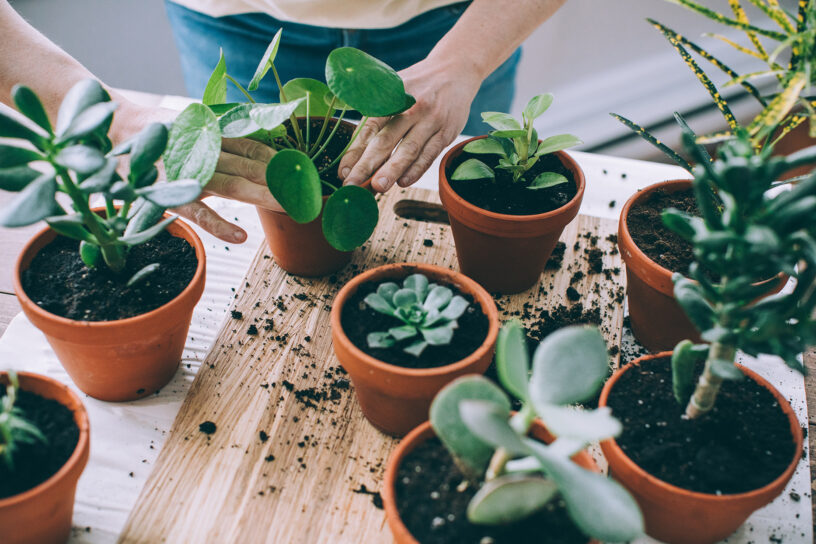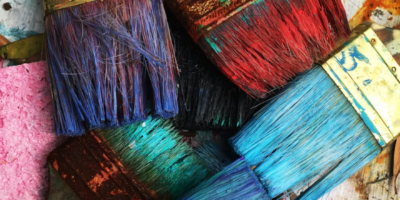Over the last year, many people have been turning to houseplants as a new hobby or mood booster, myself included.
If you find yourself hopeless with plants, I have good news for you: There are a few tips and tricks that make houseplant care a lot more intuitive than it seems.
First, light is generally the most important factor in a plant’s growth. Sure, gadgets like humidifiers, liquid fertilizers, and solid fertilizers can help a plant grow and thrive, but light is the key factor in growth. You don’t need a bunch of fancy things to make your plants happy, just proper lighting appropriate for the plant. It’s good to look up what kind of light your plant needs — some plants burn in bright light and others require lots of light to grow.
Let’s clear up a common misconception regarding light. When plants are advertised as “low light”, this does not mean they don’t need any light at all. A good way to measure a low light environment for a plant is if you can still easily read a book in that area. If so, and it’s not getting bright sunlight (directly or indirectly) at any point during the day, you’ve got yourself a low light area!
Next, overwatering is the most common cause of houseplant death. A rule of thumb is to only water a plant when it really needs water. There are a few good ways to measure this. One is by the heaviness of the pot. If a plant has just been watered, the pot will feel a little heavier than usual. If you check a few days to a week later, the pot may feel a lot lighter. When the pot feels light, it’s a good time to water. Another way to check (if you’re not afraid of getting your hands a little dirty) is to stick your finger about a knuckle deep in the soil. If the top two inches of the soil are dry, then it’s also a good time to water.
Most houseplants, aside from cacti and succulents, are tropical plants. In their natural environment, these plants are subject to heavy rain. So if your pot has drainage, don’t be afraid to water the plant until water comes out of the drainage holes of the pot (or pees as I like to call it). Just make sure to remove the excess from the plant’s saucer or cover pot. Otherwise, the plant may absorb the excess water and become overwatered.
I hope these tips help you in your houseplant ventures! Best of luck from a fellow houseplant enthusiast.





Shruthi
This is so informative! Thanks sam!!